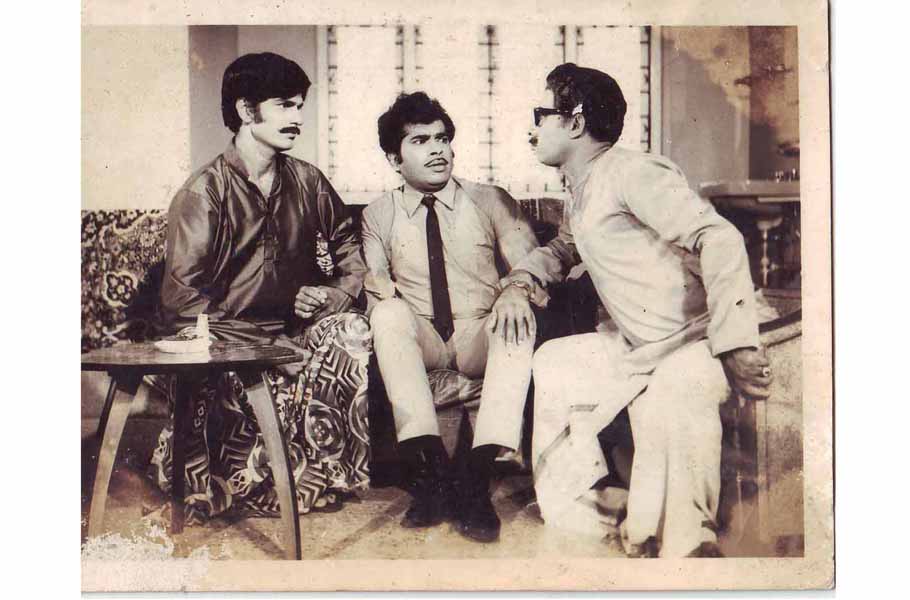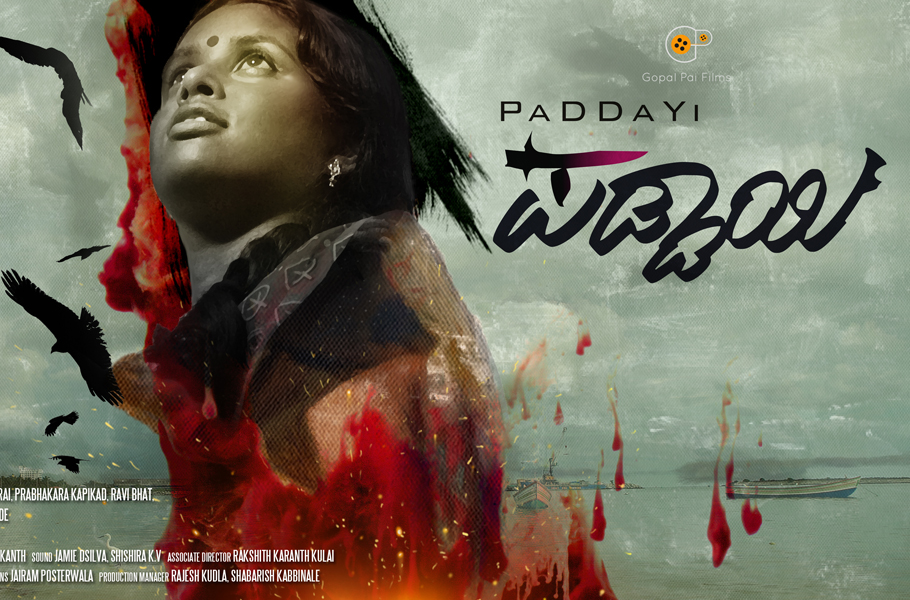
- Home
- India
- World
- Premium
- THE FEDERAL SPECIAL
- Analysis
- States
- Perspective
- Videos
- Sports
- Education
- Entertainment
- Elections
- Features
- Health
- Business
- Series
- In memoriam: Sheikh Mujibur Rahman
- Bishnoi's Men
- NEET TANGLE
- Economy Series
- Earth Day
- Kashmir’s Frozen Turbulence
- India@75
- The legend of Ramjanmabhoomi
- Liberalisation@30
- How to tame a dragon
- Celebrating biodiversity
- Farm Matters
- 50 days of solitude
- Bringing Migrants Home
- Budget 2020
- Jharkhand Votes
- The Federal Investigates
- The Federal Impact
- Vanishing Sand
- Gandhi @ 150
- Andhra Today
- Field report
- Operation Gulmarg
- Pandemic @1 Mn in India
- The Federal Year-End
- The Zero Year
- Science
- Brand studio
- Newsletter
- Elections 2024
- Events
- Home
- IndiaIndia
- World
- Analysis
- StatesStates
- PerspectivePerspective
- VideosVideos
- Sports
- Education
- Entertainment
- ElectionsElections
- Features
- Health
- BusinessBusiness
- Premium
- Loading...
Premium - Events

Tulu cinema at 50 yrs: A milestone in the history of the country’s sub-regional film landscape

At a time when the 85-year old Kannada cinema is still struggling for survival because of its limited market and a fast-changing business centric-entertainment scenario, its sibling Tulu cinema has crossed its 50-year mark. On the lines of other film industries, Tulu cinema is also currently hit by the closure of screens and restriction of shooting due to the impact of Covid-19...
At a time when the 85-year old Kannada cinema is still struggling for survival because of its limited market and a fast-changing business centric-entertainment scenario, its sibling Tulu cinema has crossed its 50-year mark.
On the lines of other film industries, Tulu cinema is also currently hit by the closure of screens and restriction of shooting due to the impact of Covid-19 pandemic.
Just before the first wave of the pandemic hit Karnataka, two Tulu films—Radd Acre and Yenna—were being screening in Mangaluru. Both fell victim to the pandemic. Similar was the fate of Gamjal, which was released before the second wave of Covid-19.
The Tulu film fraternity had planned to mark the golden jubilee of their cinema in February but the pandemic played spoilsport.
The five-decade old Tulu film industry, popularly called Coastalwood, grew at a snail’s pace in the first 40 years. It has gained momentum in the last decade. The film English, with tagline Enkleg Barpuji Bro (I don’t know English brother) with Ananth Nag in the lead role, released on March 26, marked the beginning of the golden jubilee of Tulu cinema.
While English is the 116th film, 15 others are in the post-production stage, according to sources in Coastalwood.
Kannada cinema may be better-known and may have attracted audience globally with award-winning auteur works. But under the Kannada umbrella thrives several sub-regional language films such as Tulu, Kodava, Konkani, Banjara, and Byari.
Among the films being made in these sub-regional languages, Tulu has succeeded in carving a niche for itself, despite being minuscule in size and investment.
Filmmakers in Karnataka’s Tulu-speaking region are now demanding a separate Coastal Film Chamber of Commerce (CFCC) on the lines of Karnataka Film Chamber of Commerce (KFCC).
The cinematic journey of Tulu language began with the release of Enna Tangadi produced and directed by TS Rajan on February 19, 1971. The 100th film Karne hit the screens on November 16, 2020. Though Enna Tangadi was not a commercial hit and ran for just two weeks at Jyothi theatre of Mangaluru, the enterprising locals kept the show on.
Milestone no small achievement
Crossing the 100-film mark in 50 years is no small achievement considering the fact that Tulu Nadu is not a cinema-crazy region. Scenes such as erecting big cut-outs of actors and anointing them with milk that is common in other parts of the southern India is hard to imagine in Tulu land.
The first Tulu film was produced from subsidy or ₹50,000 given by the then Mysore state government in 1970.

The journey has not been easy. Tulu cinema has witnessed many ups and downs in the last five decades. Most had a bitter experience making Tulu films and quit the field after a movie or two. The films which were made on a shoe-string budget of ₹1–2 lakh in the beginning, have gone up to ₹1.5 crore.
Most of the movies now fall in the bracket of ₹40–60 lakh and are funded by rich Tuluvas who are involved in other business ventures such as real estate and financing. Film production is just a prestige proposition for them, says a national award filmmaker, who doesn’t want to be quoted.
Tulu films have registered a success rate of 10–15%. (It is much higher than that of Kannada cinema, which is between 4 and 5%). Only a few films such as Koti Chenayya (1973), Bayya Mallige (1974), Bangar Patler (1993), Oriayardori Asal (2011), Chali Polilu ((2014) and Appe Teacher (2018) have succeeded at the box office.
In the first decade (1971-1981), 16 films were released. In the second, the number plummeted to eight. Only 40 films were released in the first four decades. Then came an exponential rise. Over 60 plus films were produced and released in just 10 years, and there were fights between producers for screens in the coastal region.
The beginning of 2011 can be considered a turning point for Tulu cinema, with Oriyardori Asal, a comedy film creating a history of sorts at the box office. The film was released in a dozen theatres in Mumbai, Bengaluru besides the coastal region. It was screened in the United Arab Emirates where Tuluvas are large in number and Tulu kootas (collective) are active. Oriyardori completed 100 days in a few centres. In one, it ran for 175 days.
Quality content and awards
Meanwhile, some sensible filmmakers took the serious route, making content-driven, socially relevant films to bring native culture and ethos to the fore.
Six films made in Tulu including Bangar Patler, Koti Chennayya, Gaggara, Madipu, Paddayi, and Pingara have won National Awards because of their thematic content and quality of filmmaking.
Critics observe that these films are rooted in their milieu. For instance, Pingara directed by Preetham Shetty has bhootaradhane (spirit worship) and caste-based exploitation as its backdrop. Paddayi directed by noted filmmaker Abhaya Simha is a visually stunning retelling of Macbeth in a fishing town. Abhaya Simha opted for this Shakespearian text to raise the issue of a fishing community.

Ironically, in the absence of a written script, even the title credits of Paddayi are in Kannada, a more recognisable script, and not Tulu.
Suddha, directed by PN Ramachandra, has been screened in 10 international film festival besides getting Best Film Award at the 8th Asian Film Festival.
While some films fetched rich awards and succeeded commercially, the rest have been typical mundane masala films. Film critics have had issues with the quality of films being produced in Tulu. The latest trend is Tulu cinema’s complete reliance on comedy.
Comedy is villain
Comedy films Oriyardori Asal (One is smarter than Other) and Kanchida Bale (Blessed Girl) have been trend-setters in Tulu cinema. Until they came along, Tulu cinema has been invariably serious and focussed on social relevance.
But now, there is too much dependency on double entendres. The audience too appears to like films with double meaning. Insiders blame both filmmakers and the audience for the phenomenon, at the same time attributing the phenomenon to professional theatre in the region.
Most of the actors in Coastalwood are from Tulu theatre and they meticulously follow dramatic tradition in the cinematic medium. At the same time, they bring the comedy quotient to cinema.
“Influenced by the success of comedy films in Tulu, a few Kannada producers came forward to produce Tulu films with a moderate budget to make quick money. But understanding the ground reality, they learned that it is difficult to recover even the investment and they quickly backed out,” says producer Shivadhwaj.
The film industry is worried about the dip in the standard of Tulu films. Vijay Kumar Kodialbail, a popular Tulu filmmaker, admits that the trend of producing only comedy films should change and that filmmakers should focus on cinema with serious content too.
“Now, every filmmaker is following the readymade comedy formula, eying box office collection. But it is possible to make a film based on a strong story on a reasonable budget,” he says.
Madime (Marriage) directed by Vijaya Kumar has been remade in Marathi. Film producer and entrepreneur from Dubai, Harish Sherigar also shares the concern of Vijaya Kumar.
“Movies made in Tulu language should not get confined to coastal districts alone. They should reach the audience in the entire state. People of Karnataka should also support Tulu cinema.”

But film historians are of the view that while Tulu industry expects the support of Karnataka cinema, it is rare to see the screening of Kannada films in Tulu Nadu. This trend can be attributed to the attachment of the region with Mumbai, Kerala and Gulf countries. Most of the screens prefer to show Bollywood and Mollywood (Malayalam films).
Kannada cinema however has contributed to the growth of Tulu films since the beginning. Most of the talented artists including Pandari Bai, KS Ashwath, Rajesh, Leelavathi, Kalpana, Jayamala, Vinaya Prasad, Sudharani, Ananth Nag, Sai Prakash and others acted in Tulu films.
Actor turned politician Jayamala started her cine career in Tulu films. PB Srinivas, SP Balasubrahmanyam and S Janaki have lent their voices in Tulu too.
But it appears that the five-decade old Tulu cinema has not worked in tandem with Kannada cinema. The reason is it is much rooted in culture and ethos that are different from other parts of Karnataka.
Nevertheless, the contribution of Tuluvar to the growth of Kannada cinema cannot be undermined. Rakshit Shetty (Kirik Party and Avane Srimannarayana fame), Rishabh Shetty (Bell Bottom), Champa Shetty, Raj B Shetty (Ondu Motteya Kathe) , Prithvi Ambar (Dia), Sonal Montero, Naveen D Padil, Usha Bhandari, Anup Bhandari and Nirup Bhandari (Rangi Taranga and Rajaratha), are busy in Kannada cinema.
In particular, Rakshit, Rishabh, and Anoop Bhandari have changed the course of Kannada cinema through their productions. Coastalwood is optimistic about these filmmakers and artists contributing to the healthy growth of Tulu films by taking up films with good content.
